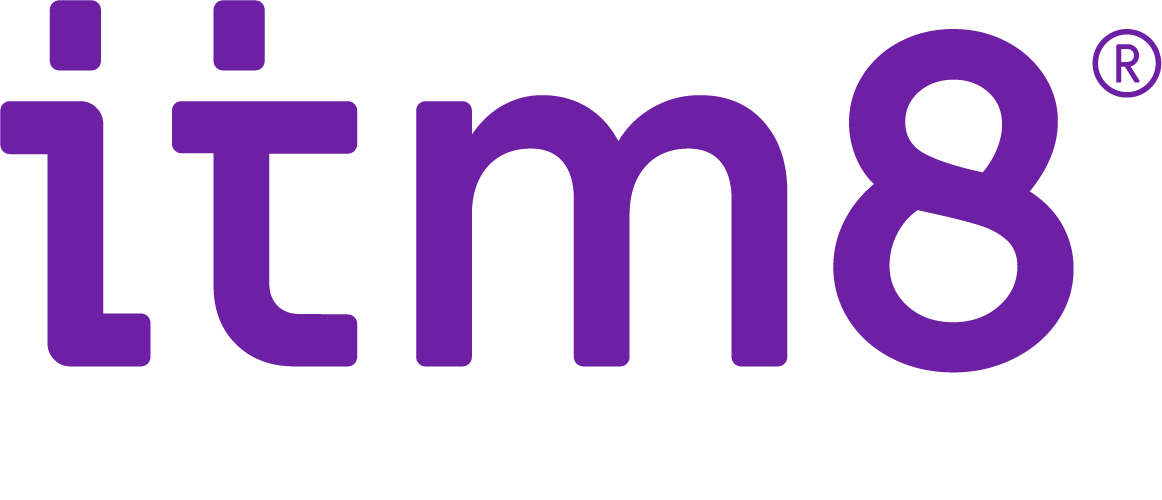Hur ser din Business Continuity och Disaster Recovery-strategi ut?
lästid I minuter: 3
FXA 2017-sep-21 09:30:00
Azure är så mycket mer än bara virtuella maskiner, och antalet tjänster i Azure ökar varje månad. Det kan lätt bli övermäktigt med alla tjänster, och för dig som inte har börjat använda Azure än så kan det vara lämpligt att börja med Azure Recovery Services. Denna tjänst går att kombinera med din befintliga infrastruktur, och den består av två helt separata delar, Backup och Site Recovery.
Azure Recovery Services kan bli din viktigaste pusselbit för ert företags Business Continuity and Disaster Recovery-beredskapsplan, populärt kallat BCDR.
Azure Backup
Azure Backup är en backuptjänst för både det du har i Azure, men även det du har on-prem, det vill säga lokalt. Eftersom dagens datacenter oftast bygger på hybridlösningar så är det en klar fördel om också backuplösningarna är byggda som hybrider med möjlighet att lagra backuperna både lokalt och i molnet.
Det fina med Azure Backup är att den är mycket modulär för att passa såväl små som stora företag. Den enklaste byggstenen är backupagenten som också kallas för MARS. För att få igång en fungerande backuplösning så behöver du endast installera MARS-agenten på en Windowsserver, fysisk eller virtuell. Därefter kan du använda Azure Backup för att köra backup på filer och mappar.
Nästa två byggstenar är den traditionella System Center DPM samt Azure Backup Server. Om du redan har en System Center DPM så kan du utöka denna med hjälp av Azure Backup-agenten och därefter välja att använda Azure Storage för exempelvis långtidslagring. Om du inte har DPM sedan tidigare så kan du installera Azure Backup Server on-prem, som egentligen är en förklädd och omdöpt DPM-server. Du kommer då att då tillgång till samma funktioner som i DPM, det vill säga backup mot lokal storage eller mot Azurestorage. När man har installerat någon av dessa två byggstenar så kan man även köra backup på virtuella maskiner i Hyper- V, VMware och Azure samt SQL, Sharepoint och Exchange. Du får också möjlighet att göra filkonsekvent backup av Linuxmaskiner i Hyper-V och VMware.
I vanlig ordning så betalar du endast för den storage du utnyttjar i Azure, och du kan också välja om du vill ha dina backuper replikerade tre gånger inom samma datacenter (LRS) eller replikerat till en sekundär region (GRS). Den backupdata du väljer att lägga lokalt betalar man självfallet inte för. En annan trevlig detalj är att man inte heller debiterar för dataöverföringen av data till Azure när man kör en backup eller restore/återläsning.
Azure Site Recovery
Vad skiljer denna tjänst från Azure Backup? Båda säkerställer väl data? Ja, det är riktigt. Men Azure Backup säkerställer data på en djupare nivå än Azure Site Recovery. Azure Backup använder du för att återställa ett specifikt dokument eller en specifik fil. Azure Site Recovery använder du för att replikera hela eller delar av ditt datacenter till en annan lokation utifall att ditt datacenter skulle bli totalt utslaget.
En backuplösning brukar också hantera flera versioner, vilket inte är intressant i ett Disaster Recovery-scenario. Om ditt datacenter brinner upp så vill du ha den senaste konsistenta, replikerade versionen i din Disaster Recovery-site. Backuplösningar som ska läsas tillbaka i flera versioner från exempelvis band är tidsödande då man måste ha den nya ersättningshårdvaran installerad och på plats innan man ens kan börja återläsa från band.
Azure Site Recovery är alltså en replikeringstjänst för att replikera servrarna till Azure. Det du kan replikera är virtuella Azure, Hyper-V och VMware-maskiner samt fysiska Windows och Linuxservrar, och man replikerar till ett Storage Account som kan vara antingen lokalt eller geo-redundant (LRS eller GRS).
Kör du Hyper-V och System Center Virtual Machine Manager så kan du även använda Azure Site Recovery för att replikera on-prem mellan två Hyper-V-servrar, och då använda Azure Site Recovery som ett hjälpmedel för att monitorera och styra replikeringen.
Azure Site Recovery sköter automatiskt IP-adressbyten, uppstartsordningar, manuella skript och annat som kan behöva justeras när man växlar över till sin Disaster Recovery-lösning, detta med hjälp av runbooks.
Det som är det extra fina med denna tjänst är att du kan testa din haveriberedskap genom att, i full drift, starta upp en eller flera replikerade servrar i Azure i en helt isolerad testmiljö. Efter avslutat test raderas de isolerade servrarna automatiskt.
Du behöver inte heller betala för den workload du väljer att replikera till Azure med Azure Site Recovery. Det är först om du initierar en failover som Azure Site Recovery gör om din replikerade workload till virtuella maskiner, och som du därefter betalar för.





